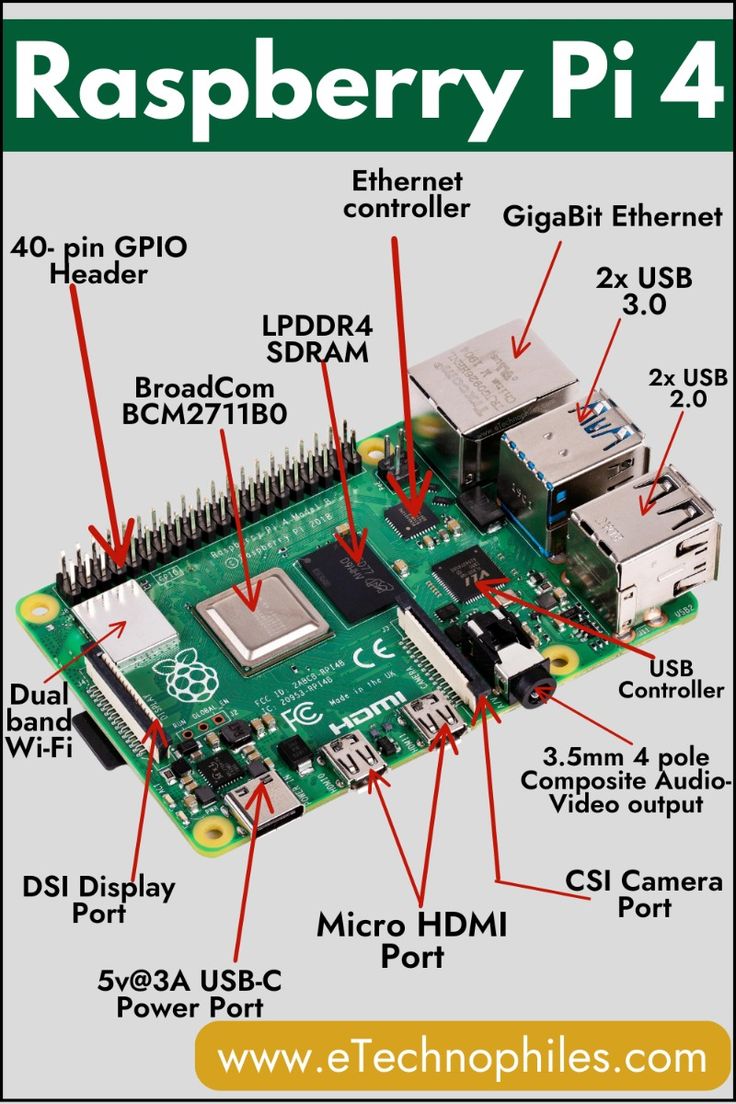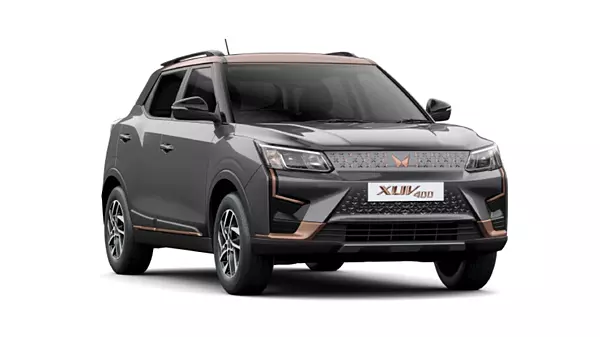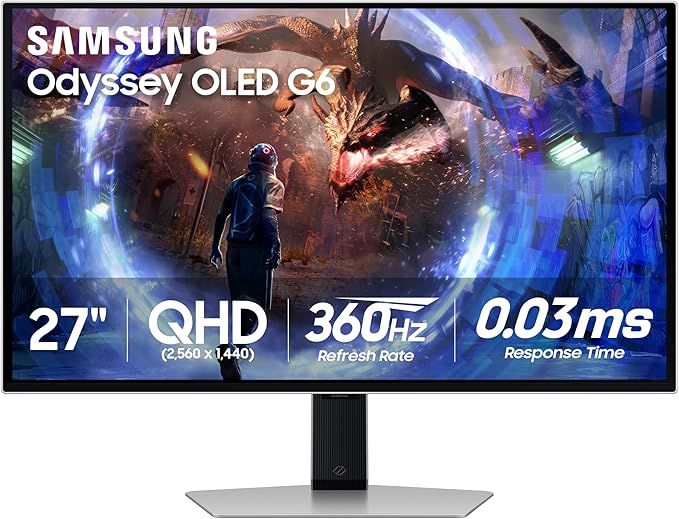Looking at the Raspberry Pi 500 keyboard computer, we can see that variants with M.2 SSD and Power over Ethernet (PoE) may follow. There is also an RP2040 inside.
The new Raspberry Pi 500 keyboard computer is essentially a Raspberry Pi 5 with a built-in keyboard, or something like it. As you can see from the case study, there are some differences in the details.
The Raspberry Pi 500 circuit board is quite different from the Raspi 5, but the important chips are the same. The Broadcom BCM2712 system-on-chip has four ARM Cortex-A76 cores with a clock frequency of up to 2.4 GHz. The BCM2712 connects LPDDR4-4267 SDRAM with a capacity of 8 GB. It’s a multi-die package, likely with four 16 gigabit dies (64 gigabit = 8 GB). The chipset is from the Raspberry Pi Plc. The RP1 chip is connected to the BCM2712 via PCI Express and contains among other things controllers for USB and Ethernet.
The RJ45 socket is connected to the RP1 via a BCM54213 Phy chip and a Bourns transformer. A 40-pin GPIO strip is also connected to the RP1.
The MicroSD card reader and the WLAN/Bluetooth adapter (Infineon Airoc CYW43455) are connected via SDIO. The Micro HDMI socket is provided by the BCM2712. Differences from Raspberry Pi 5
The circuit board of the Raspberry Pi 500 is about 14 centimeters long. This is because all the sockets of the device are located next to each other.
The large circuit board has space for optional components that are not installed on the test model. What immediately catches the eye is the space for an M.2 SSD in 2230, 2242, 2260 or 2280 format. However, the base required for installation is missing.
In the area of the network socket, soldering pads and the name “PoE” are displayed. There’s obviously space here for Power over Ethernet (PoE), i.e. circuitry for powering the Raspi 500 via an Ethernet cable. The board also has a cutout for a PoE transformer.
A relatively large aluminum sheet dissipates waste heat from the BCM2712, so the Raspberry Pi 500 doesn’t need a fan (passive cooling). The case has vents on the bottom.
Keyboard controller brand “Raspi”
Raspberry Pi Inc. As we rely on in-house developed chips as much as possible, we use a Raspberry Pi RP2040 microcontroller as the keyboard controller. It connects the key matrix via an FPC cable and to the RP1 via USB 1.1. The keyboard firmware is contained in a (Q)SPI flash memory chip.
The RP2040 occupies one of the two USB 2.0 ports on the RP1. Therefore, only three USB-A ports are available externally: two USB 3.0 (aka USB 3.2 Gen 1 at 5 Gbit/s) and one USB 2.0. The Raspi 5 has two USB 2.0 ports.





